Remembering Our Friends
Remembering Our Friends
During the past few years, the Department of Ecology and Evolutionary Biology has lost many members of our community. Here we recognize some of the staff and students who came through our program—including the zoology and botany programs before they became EEB—and the faculty who dedicated their professional careers to creating knowledge in their research fields and sharing that knowledge with students and others. We are grateful to have known these wonderful people and for all of their time and commitment to EEB.
David A. Etnier said, “The sleeping dog fears not the chicken.” Luckily, most of Etnier’s (Ets’) lessons for his dozens of graduate students were clearer than this quote that still leaves most of us scratching our heads. Ets started at UT in 1965 and for more than 40 years he and his students were largely responsible for bringing the number of described freshwater fishes in Tennessee from about 70 to over 350; playing a large role in the first test of the Endangered Species Act with the snail darter US Supreme Court case; publishing “The Book” as The Fishes of Tennessee is known to most Tennessee ichthyologists; describing a plethora of other aquatic organisms; and starting many conservation efforts for non-game fishes. There are innumerable stories to be shared about Ets, but one take away for many of us was how to be compassionate for and in awe of the natural world and people around us. Though Ets passed away on May 17, 2023, his storied legacy is surely indelible.
Ed Clebsch came to UT as a faculty member in botany in 1963. He was a driving force in plant ecology at UT as one of the early researchers making connections between plant physiology and population/community ecology. Ed published classic papers on photosynthesis and published on diverse topics including the impact of wild pigs, the demography of forest gaps, and the distribution of radioactive materials from fallout in the Smokies. After retiring from UT, he fostered efforts to encourage the use of Tennessee native plants in gardens and continued his long involvement with the Spring Wildflower Pilgrimage.
Ray Holton was a faculty member in the Department of Botany and head from 1965-1985, retiring in 1996. Ray was a plant physiologist and phycologist interested in the freshwater red algae Boldia, which is found in streams in the eastern US, including the Southern Appalachians. Ray documented its distribution and worked to understand the physiological adaptation to fresh water. After retirement, Ray volunteered in the UT Herbarium, and he and his wife established the Ray and Linda Holton Endowment in EEB, which generously funds undergraduate research.
Jerry Olson was a long-time researcher in the Environmental Sciences Division of Oak Ridge National Lab and was one of the founders of the former graduate program in ecology. He was a pioneer in the study of succession on sand dunes, ecosystem ecology, and mathematical modeling, including the use of stable isotopes to understand plant physiological processes and carbon cycling. He retired from ORNL in 1985 but remained active in fostering research on dune systems and was a strong supporter of Tennessee Citizens for Wilderness Planning, along with many cultural organizations.
David K. Smith is remembered as a passionate instructor and avid field botanist. During his more than 30 years at UT, he taught diverse undergraduate courses, including Plant Morphology, Field Botany, and Bryology. He traveled the world, from the southern Appalachians to Alaska and China, collecting bryophyte specimens to increase our knowledge of plant biodiversity. We greatly appreciate the thoughtful donation of his bryology books to the UT Herbarium (TENN) by his wife, Mary Smith.
Gerald L. (Jerry) Vaughan, professor emeritus, was one of EEB’s inaugural faculty members. He was a physiologist known for his early work on photobiology and animal pigments and, later in his career, on the impacts of surface mining and water chemistry on communities of aquatic animals. He was an accomplished metal sculptor, a maker of fine gemstone jewelry, a talented musician, and a raconteur who enriched the lives of all who knew him.
We also recognize these former EEB community members: Clif Amundsen, Bruce Bauer, Frank Bowers, Zeno Brown Jr., Sarah Cait, Danny Cobb, Edward Darden, John Delozier, Scott Duke-Sylvester, Barbara Gudmundson, Walter Heck, John (Bobby) Mullins, Paul Redlearn, Richard Robinson, Edward Smythe, Barnard Vaughn, and Harry Wood. Our heartfelt condolences to their families and friends for their loss.
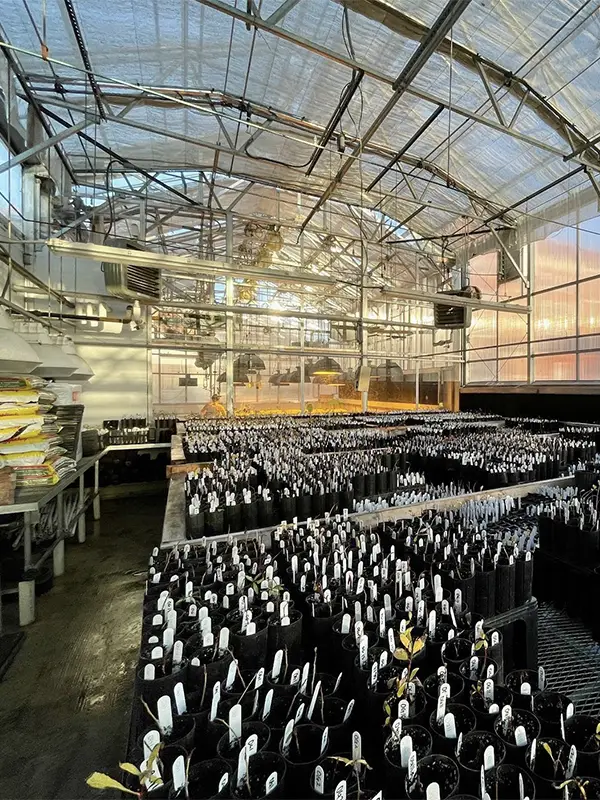
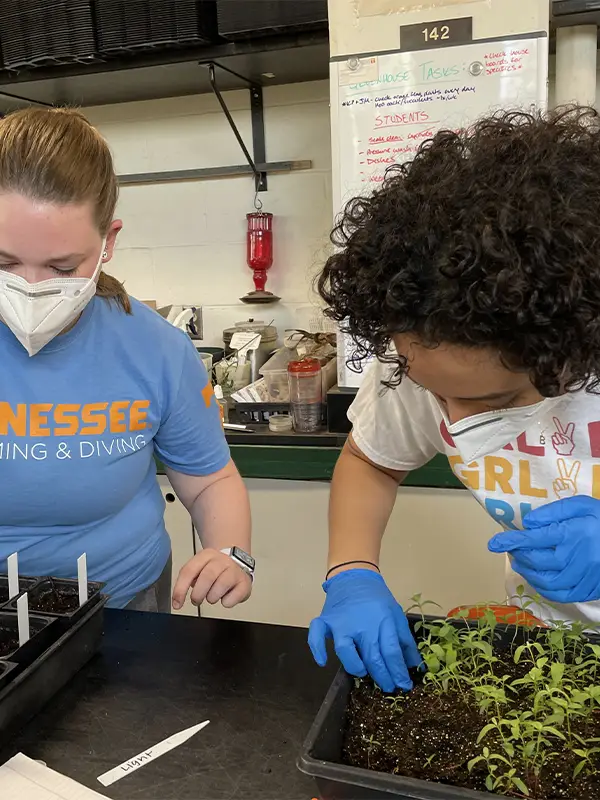
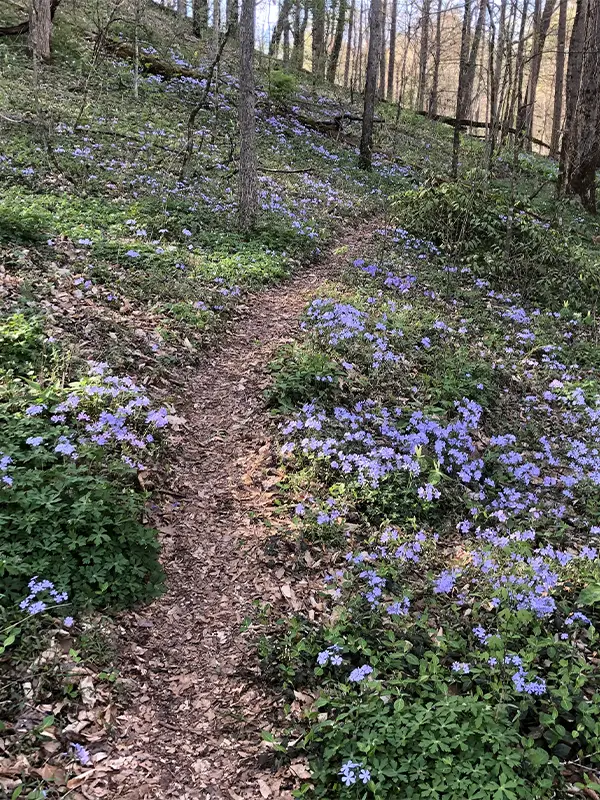

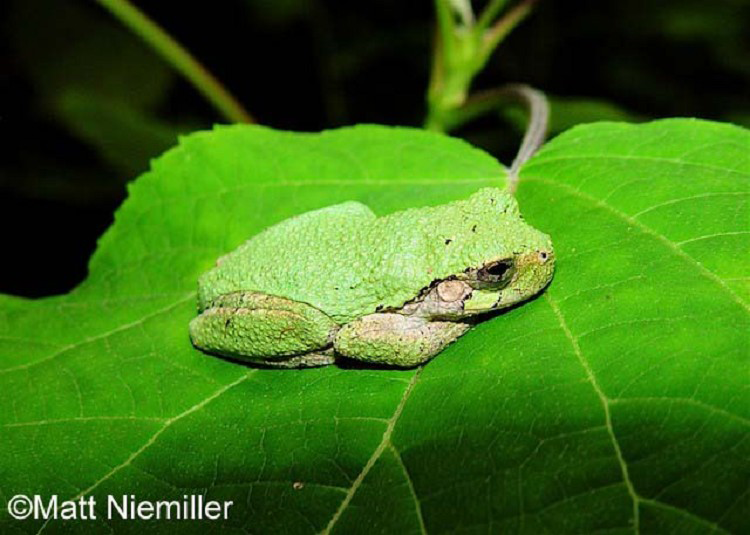

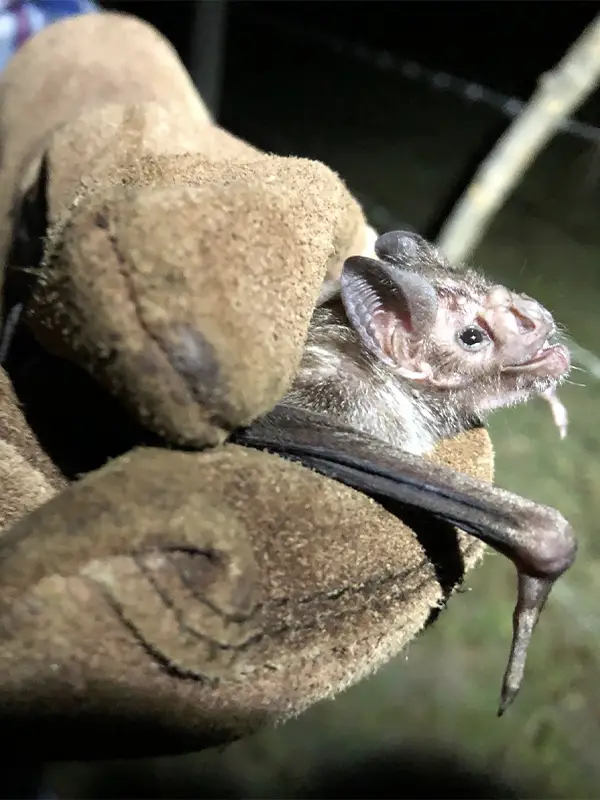
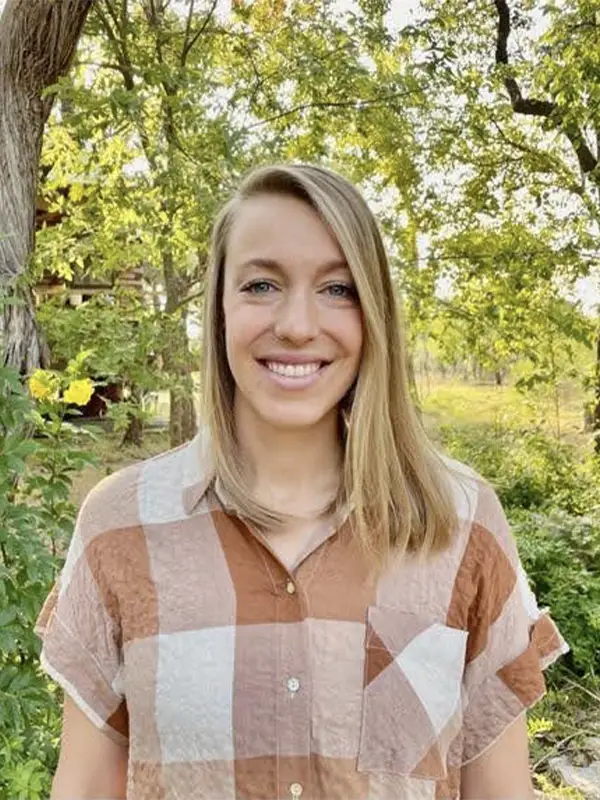

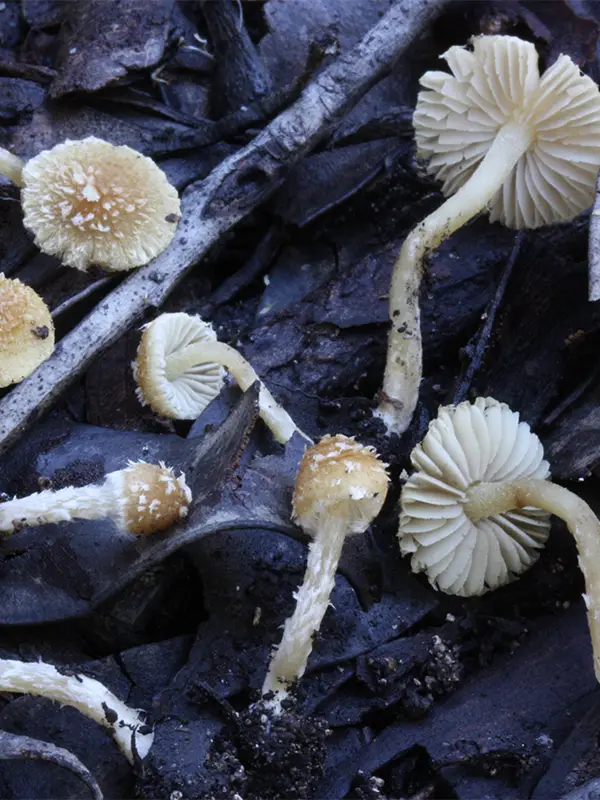
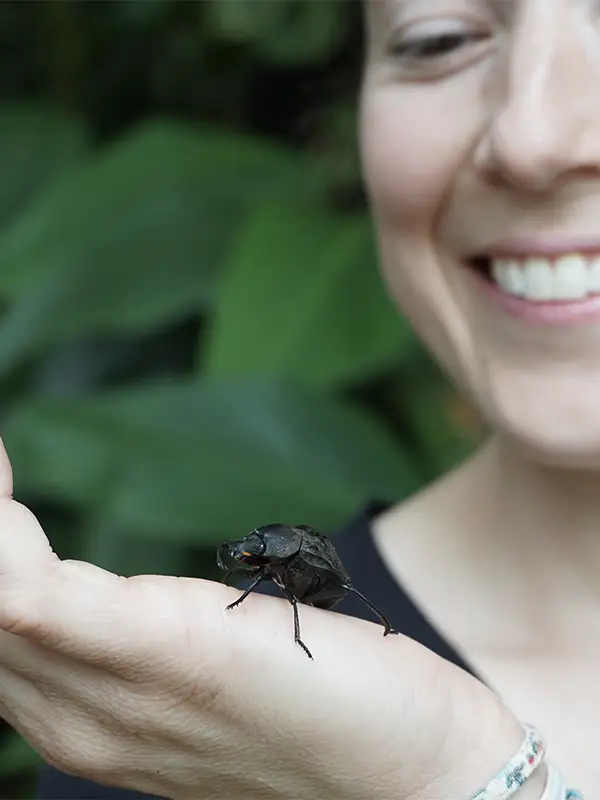
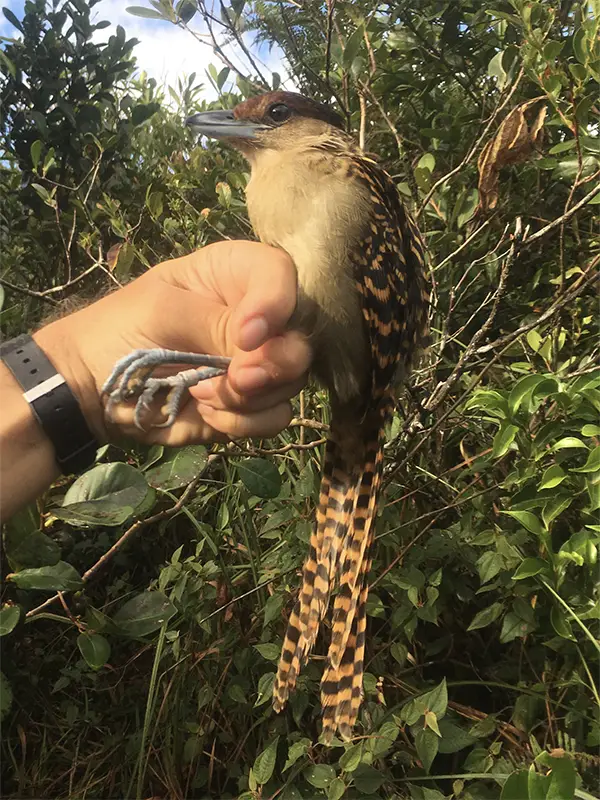


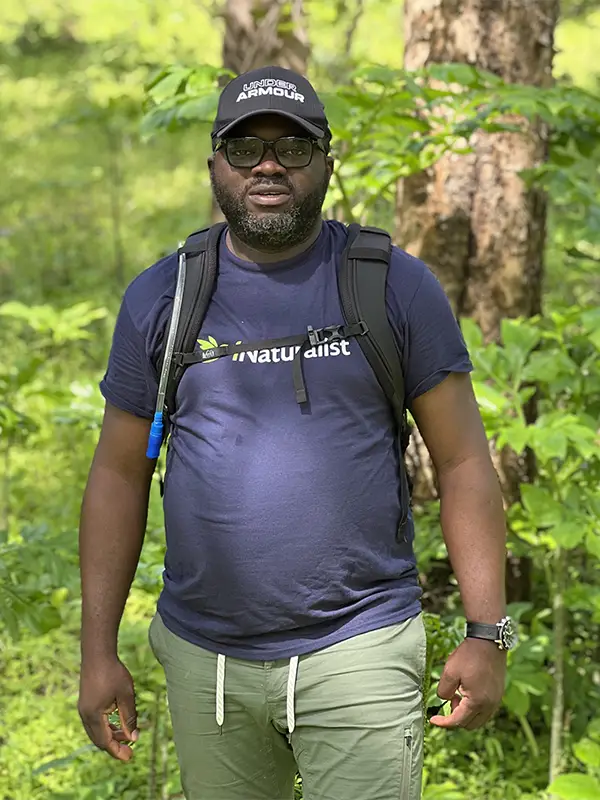
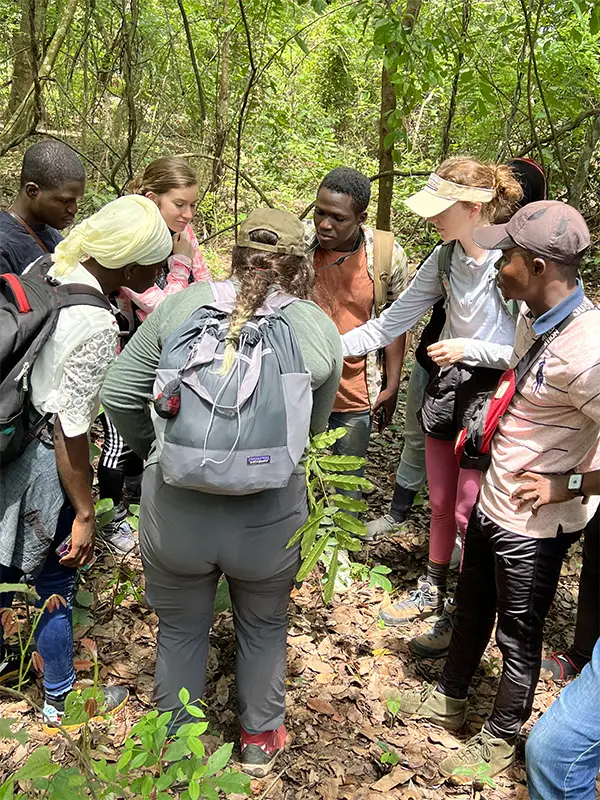
 Tomatoes are the heart of many backyard gardens. Tomato crops are also an important economic revenue in North America. The vegetable we all know as the “T” of a great summer BLT, however, may be in jeopardy due to a decline in its pollinator species because of climate change.
Tomatoes are the heart of many backyard gardens. Tomato crops are also an important economic revenue in North America. The vegetable we all know as the “T” of a great summer BLT, however, may be in jeopardy due to a decline in its pollinator species because of climate change. For decades, scientists have worked to understand the intricacies of biological diversity – from genetic and species diversity to ecological diversity.
For decades, scientists have worked to understand the intricacies of biological diversity – from genetic and species diversity to ecological diversity. Katherine Whitaker graduated magna cum laude in May 2021 as a biology major, concentrating in ecology and evolutionary biology. Katie excelled in both her course work at UK and as a successful undergraduate researcher.
Katherine Whitaker graduated magna cum laude in May 2021 as a biology major, concentrating in ecology and evolutionary biology. Katie excelled in both her course work at UK and as a successful undergraduate researcher.  Kayci Messerly graduated from EEB in May 2021 with a minor in statistics. She completed a research study in the Derryberry lab on heat stress effects on the behavior of zebra finches in collaboration with graduate student Casey Coomes. Her hundreds of hours scoring behavioral videos paid off with presentations at two national conferences, The Animal Behavior Society and the Society for Integrative and Comparative Biology.
Kayci Messerly graduated from EEB in May 2021 with a minor in statistics. She completed a research study in the Derryberry lab on heat stress effects on the behavior of zebra finches in collaboration with graduate student Casey Coomes. Her hundreds of hours scoring behavioral videos paid off with presentations at two national conferences, The Animal Behavior Society and the Society for Integrative and Comparative Biology.